Guano. The anchient organic fertilizer
Guano (from the Quechua 'wanu', (dung) via
Spanish) is the excrement (feces and urine) of seabirds, cave dwelling
bats, and seals. Guano manure is an effective fertilizer due to its high levels of phosphorus and nitrogen and also its lack of
odor. It was an important source of nitrates for gunpowder. Soil that is deficient in organic matter can be made more productive by addition of this
manure.
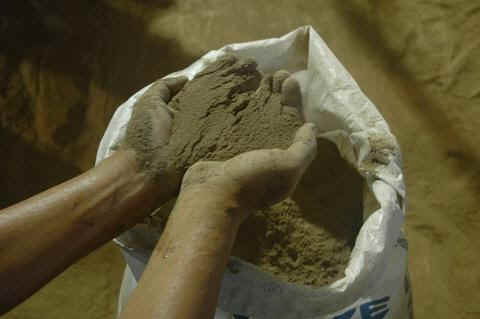 |
| Guano. The anchient organic
fertilizer |
Composition
Guano consists of ammonium oxalate and urate, phosphates, as well as some earth salts and
impurities. Guano also has a high concentration of nitrates. Bird guano has a fertilizer analysis of 11 to 16 percent
nitrogen, 8 to 12 percent equivalent phosphoric acid, and 2 to 3 percent equivalent
potash. Bat and seal guano are lower in fertilizer value than bird guano.
History
The word "guano" originates from the Quichua language of the Andes and means
"the droppings of sea birds". Andean peoples collected guano from the coast of Peru for use as soil
enricher. The rulers of the Inca Empire assigned great value to guano, restricting access to it and punishing any disturbance to the birds with
death.
In November 1802, Alexander von Humboldt studied guano and its fertilizing properties at Callao in
Peru, and his subsequent writings on this topic made the subject known in Europe.
The high concentration of nitrates also made guano an important strategic
commodity. The discovery during the 1840s of the use of guano as a fertilizer and its Chile saltpetre content as a key ingredient in explosives made the area strategically
valuable.
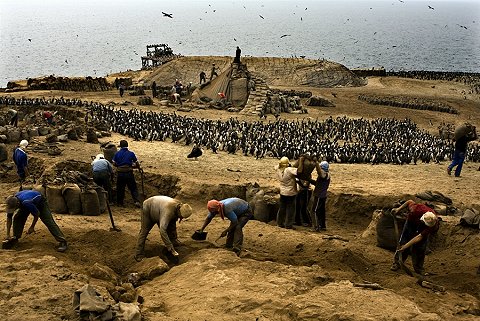 |
| Workers extract guano at Macabi island in Trujillo, 600 km north of Lima. |
In this context the US passed the Guano Islands Act in 1856 giving citizens discovering a source of guano the right to take possession of unclaimed land and entitlement to exclusive rights to the
deposits. However, the guano could only be removed for the use of citizens of the United
States. This enabled US citizens to take possession of unoccupied islands containing
guano.
Control over guano played an important role in the Chincha Islands War (1864-1866) between Spain and a
Peruvian-Chilean alliance since Spain occupied with its navy the Chincha Islands depriving Peru of lucrative
income.
In the second half of the 19th century guano extraction was eclipsed by salpeter in the form of caliche extraction from the interior of Atacama
Desert, not far from the guano areas. After the War of the Pacific (1879-1883) Chile seized much of the guano as well as salpeter producing area making its national treasury grow by 900% between 1879 and 1902 due to taxes coming from the newly acquired
lands.
By the end of the 19th century, the importance of guano declined with the rise of artificial
fertiliser, although guano is still used by organic gardeners and farmers. Superphosphate made from guano is used for aerial
topdressing.
Sourcing
The ideal type of guano is found in exceptionally dry climates, as rainwater drains the guano of
nitrates. Guano is harvested on various islands in the Pacific Ocean (for
example, the Chincha Islands) and in other oceans (for example, Juan de Nova Island and Christmas
Island). These islands have been home to mass seabird colonies for many
centuries, and the guano has collected to a depth of many metres. In the 19th
century, Peru was famous for its supply of guano.
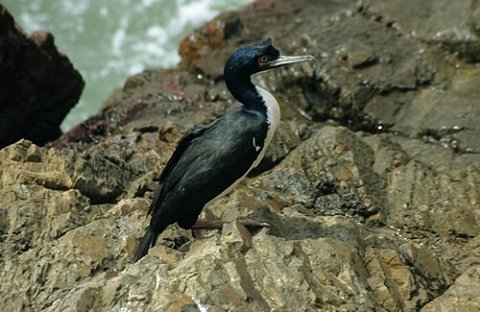 |
| The Guanay Cormorant
(Phalacrocorax bougainvillii) has historically been the most important producer of
guano. |
Guano has been harvested over several centuries along the coast of
Peru, where islands and rocky shores have been sheltered from humans and
predators. The Guanay Cormorant has historically been the most important producer of
guano; its guano is richer in nitrogen than guano from other seabirds. Other important guano producing species off the coast of Peru are the Peruvian Pelican and the Peruvian
Booby.
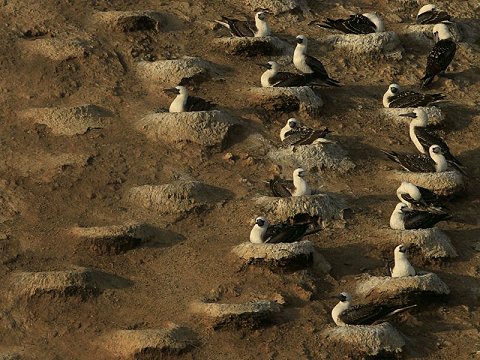 |
| Boobies nest on the Ballestas island, south of Lima. The nest of the Peruvian Booby is made of guano. |
Guano from Peru is considered the best in the
world.
The Peruvian current brings cold water from Antarctica to the Equator along the
coast, and the combination of cold water and warm air prevents rain from falling.
The islands along the coast are baked in the sun, and the lack of rain means
that the nitrates in the guano do not evaporate or leach into the rock, so the
fertiliser maintains its effectiveness.
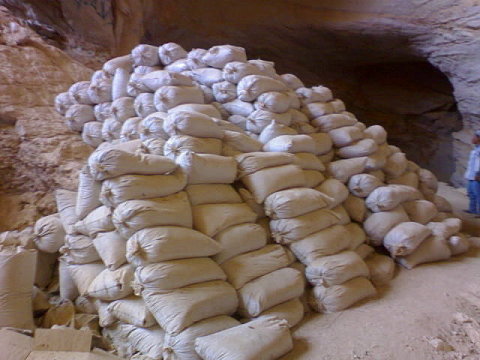 |
| Extracting bat guano from caves in Mexico. |
Bat guano is usually mined in caves and this mining is associated with a corresponding loss of troglobytic biota and diminishing of
biodiversity. Guano deposits support a great variety of cave-adapted invertebrate
species, which rely on bat faeces as their sole nutrient input. In addition to the biological
component, deep guano deposits contain local paleoclimatic records in strata that have built up over thousands of
years, which are unrecoverable once disturbed.
The greatest damage caused by mining to caves with extant guano deposits is to the bat colonies
themselves. Bats are highly vulnerable to regular disturbance to their roosts. Some
species, such as Phyllonycteris aphylla, have low fat reserves, and will starve to death when regularly disturbed and put into a panic state during their resting
period. Many species will drop pups when in panic, with subsequent death, leading to a steady reduction in
population. Research in Jamaica has shown that mining for bat guano is directly related to the loss of bat
species, associated invertebrates and fungi, and is the greatest threat to bat caves on the island
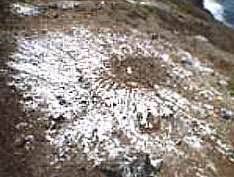 |
| Seabird Guano (Peru) |
Properties and Uses
As the source of guano is so varied, the nutrients in guano vary
too. Sea birds eat small fish; seagulls also scavenge. Bats of one species eat
fruit, of another, insects.
Guano can also be found fresh and fossilised. All these are factors in the amount of nutrients in the
fertiliser, but an average would be 15% nitrogen, 9% potassium and 3%
phosphorous.
Although chemical fertilizers are more widely used by modern
farmers, guano remains a key resource for organic farmers, especially those in the United
States.
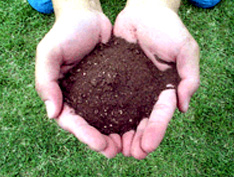 |
| Bat Guano (Jamaica) |
Guano is much richer in plant nutrients than the same amount of horse or cow manure
is, and does not not have the same pungent odor.
Guano can be used on indoor and outdoor plants, applied the same way as any other
fertiliser. It can also be used by hydroponic gardeners, by mixing it with water.
Added to topsoil it can be used for laying
lawns, turf and seed, and for planting trees and shrubs.
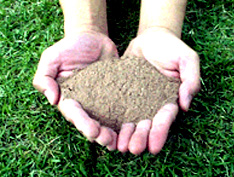 |
| Desert Bat Guano (Mexico) |
Guano that is heavy in nitrogen is good for
growth, when heavy in phosphorus it is good for developing buds.
In agriculture and gardening guano has a number of
uses, including as: soil builder, lawn treatments, fungicide (when fed to plants through the
leaves), nematicide (decomposing microbes help control nematodes), and as composting activator
(nutrients and microbes speed up decomposition).
|
